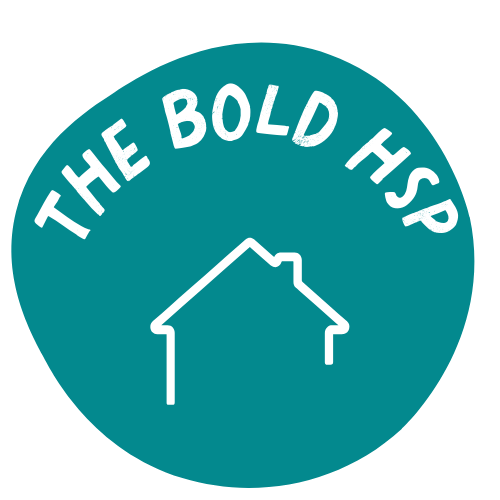Mindfulness
Much is written about mindfulness and it has been over complicated at times, in my opinion. Put simply, mindfulness is being aware of what you are sensing and feeling in the present moment without judgement. There is no element of interpretation or trying to understand what is being sensed or felt, it is just the awareness. This practice can help us understand ourselves more and enjoy life.
Many of us live fast-paced lives, always on the go, and it’s easy to lose touch with our feelings and the world around us. We can spend a lot of time “in our heads”, analysing our thoughts over and over again but paying no attention to the way those thoughts affect our behaviour and emotions. Being mindful brings us back to our body and how our feelings are sensed in the body.
When we become more aware of the moment, we see things afresh and have a renewed appreciation of the little things that we take for granted – the sun on our face, the smell of our coffee, the taste of a ripe strawberry, the touch of someone’s hand, the sound of our children laughing. We also become more aware of our thoughts and how we can become tangled up in them in a way that isn’t helpful. Over time, mindfulness allows us to stand back and watch our thoughts passing – we acknowledge they are there but they pass by, like a car when we are waiting to cross the road, rather than us getting stuck in them. Awareness like this helps us notice signs of stress and anxiety at an earlier stage and seek help before we get “stuck” and potentially depressed.
Just a quick word about social media. Most of us spend a lot of time on our phones, using social media and other apps. These are really useful to keep in touch with people but just watch how long you are spending in the virtual world. Also try not to spend too long if you are having a “bad” day – it is hard not to compare your day to what you are seeing on social media but remember most people only post about the good things that are happening for them so you end up comparing your bad day to their good day. This is not going to make you feel any better. Could you perhaps spend some of that time outside in nature and/or practising mindfulness?
How to be Mindful
There is no need to spend money or get special equipment. If you want to try being mindful you can do it by yourself. A quiet space helps, especially in the beginning, but in time you will be able to practice anywhere. Start by being more aware of your feelings, thoughts, body sensations and the world around you. Just noticing the smallest things, like the smell of the cut grass, can interrupt the auto-pilot of thoughts going round your head. If you can take time to be still, notice how your body feels (are any parts sore or aching perhaps), what thoughts are passing through, what sensations are occurring. This practice can be really powerful to bring us back to here and now.
Top tips:
Keep it regular – try practicing at the same time if you can. Every day if possible. Studies show that trying to do a new task every day at the same time helps the new practice become habit. Anchoring a new habit to another everyday task can be useful to establish a new practice – such as after dinner, as soon as you wake up, in the car once you’ve dropped the kids at school.
No judgement – show up at your chosen time in your chosen place (that might be the sofa after you’ve eaten, sitting on your bed after your shower, the bench in the park at lunchtime) and give it a go. Don’t let your inner critic (the voice in your head) put you off; tell you that you’re not doing it right, etc. There is no wrong or right. Like all new skills, it needs practice.
Watch the thoughts – as you practice you will notice thoughts coming in, don’t stop them: watch them and let them pass. Sometimes it’s easier to “do” something whilst practising mindfulness like yoga, walking, a jigsaw puzzle, colouring.
Breathing – notice your breathing. Practice breathing deep into your belly until it sticks out and then breather out slowly and deeply, letting all the breath go until your belly comes back in. Start with four counts in, hold for 4, out for 4 then hold for 4 and repeat at least 3 times. Most of us breathe in our chests, in shallow, rapid breaths that do nothing to help us be calm.
If you prefer a more formal practice, there are plenty of apps available to guide you – Headspace and Calm are very popular and have free options as well as paid for content.
There is a brilliant mindfulness video on YouTube, the graphic is really helpful – search for the Mindful Breathing Exercise by Every Mind Matters.
Published October 2020

